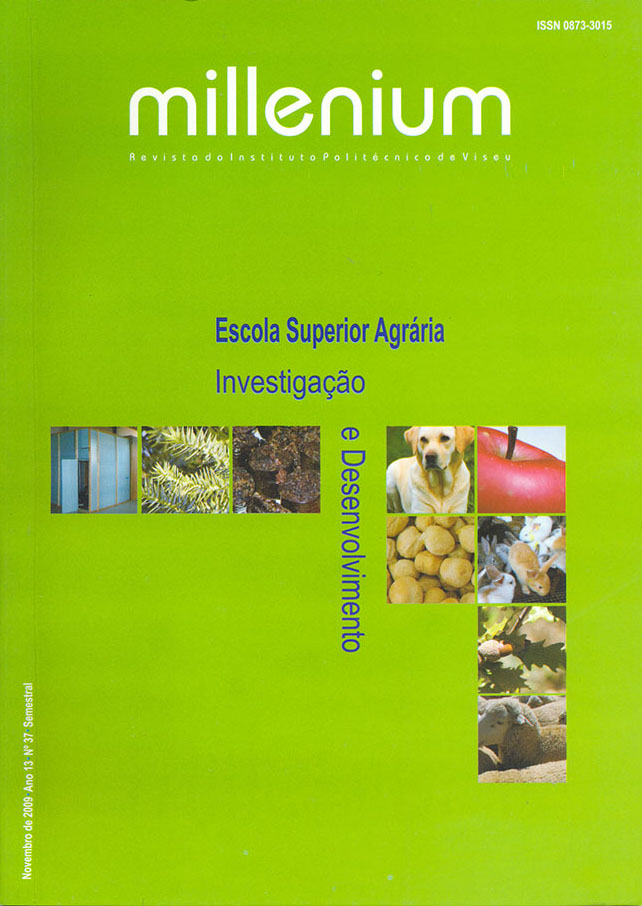Infiltração de ar através de portas de acesso a câmaras frigoríficas. Verificação experimental de previsões analíticas e através de cfd
Abstract
Neste trabalho apresenta-se a medição experimental da taxa de infiltração de ar num
espaço arrefecido (câmara frigorífica à escala laboratorial), através da utilização da técnica de
gases traçadores. Os resultados obtidos foram confrontados com as previsões dadas por três
modelos analíticos e também com os obtidos por simulação numérica CFD.
Como consequência da infiltração de ar “quente” para o interior da câmara
frigorifica, a temperatura média no seu interior vai aumentando – diminuído o diferencial de
temperatura, pelo que se trata claramente de um processo transiente. Uma vez que os modelos
analíticos têm subjacente a condição de regime permanente, confirma-se que estes não são
adequados para avaliar a taxa de infiltração. Por outro lado, os resultados obtidos por via
numérica apresentam uma boa concordância com os resultados experimentais, mostrando que
o modelo é apropriado para avaliar a infiltração de ar na câmara frigorífica.
Downloads
References
• [1] FRITZSCHE C, Lilienblum W. Neue messengun zur bestimmung der kalterluste an kuhlraumturen. Kaltetechnik- Klimatiserung
;20:279–86.
• [2] GOSNEY WB, Olama HAL. Heat and enthalpy gains through cold room doorways. Proc Inst of Refrig 1975;72:31–41.
• [3] PHAM QT, Oliver DW. Infiltration of air into cold stores. Proc 16th Int Cons Refrig 1983;4:67–72.
Downloads
Published
How to Cite
Issue
Section
License
Authors who submit proposals for this journal agree to the following terms:
a) Articles are published under the Licença Creative Commons (CC BY 4.0), in full open-access, without any cost or fees of any kind to the author or the reader;
b) The authors retain copyright and grant the journal right of first publication, allowing the free sharing of work, provided it is correctly attributed the authorship and initial publication in this journal;
c) The authors are permitted to take on additional contracts separately for non-exclusive distribution of the version of the work published in this journal (eg, post it to an institutional repository or as a book), with an acknowledgment of its initial publication in this journal;
d) Authors are permitted and encouraged to publish and distribute their work online (eg, in institutional repositories or on their website) as it can lead to productive exchanges, as well as increase the impact and citation of published work
Documents required for submission
Article template (Editable format)















